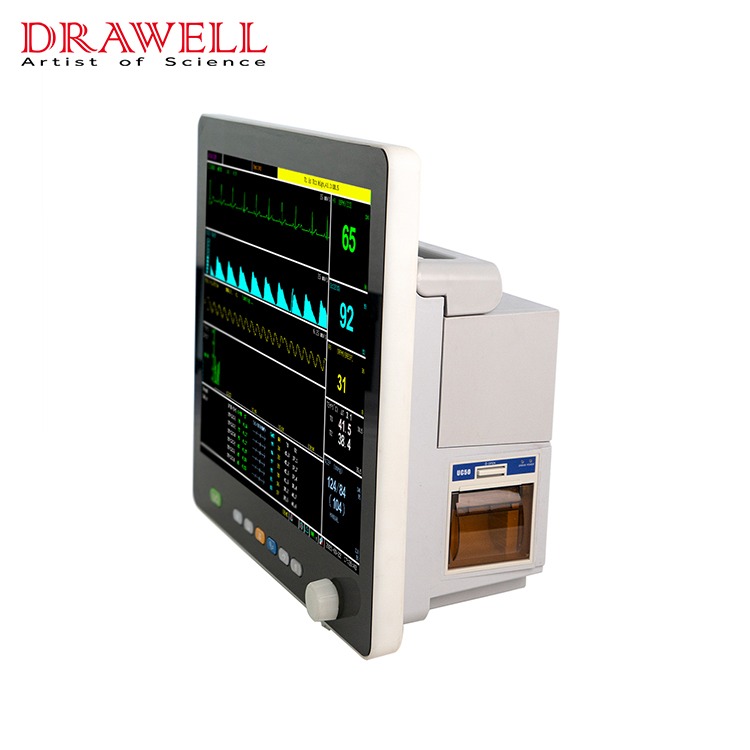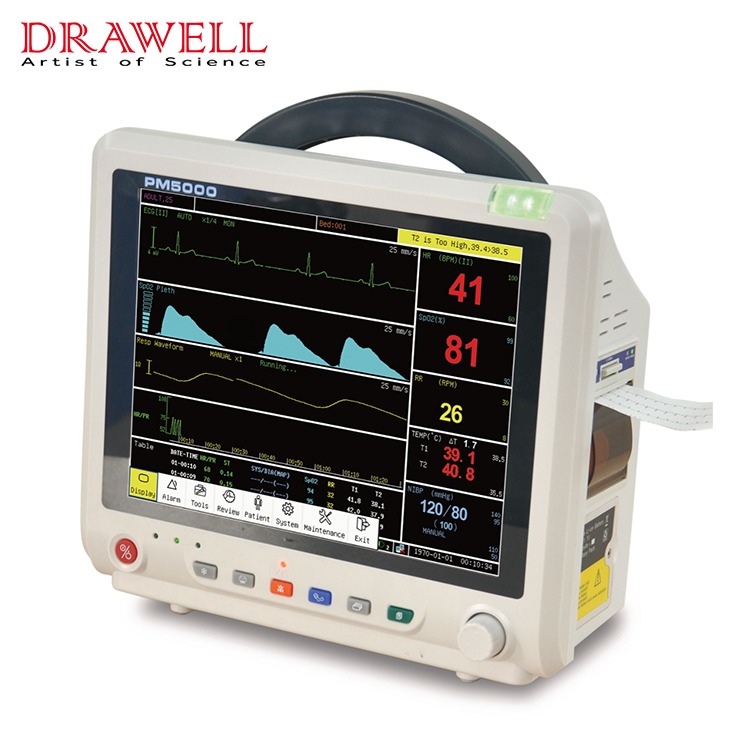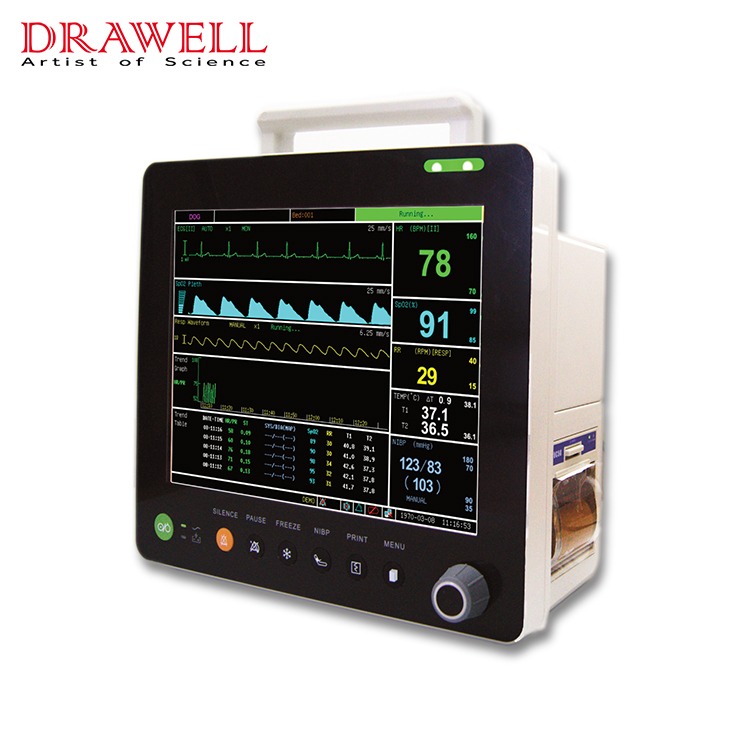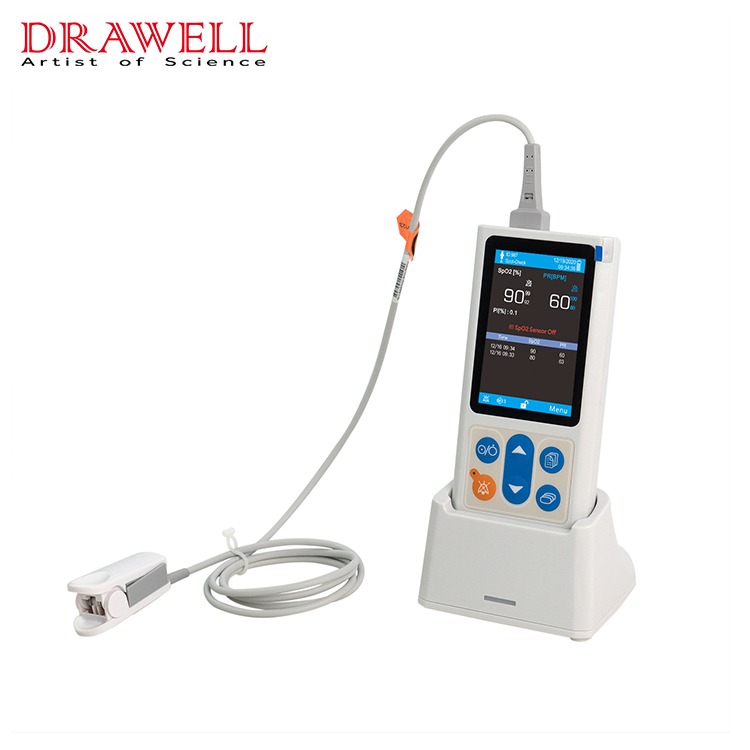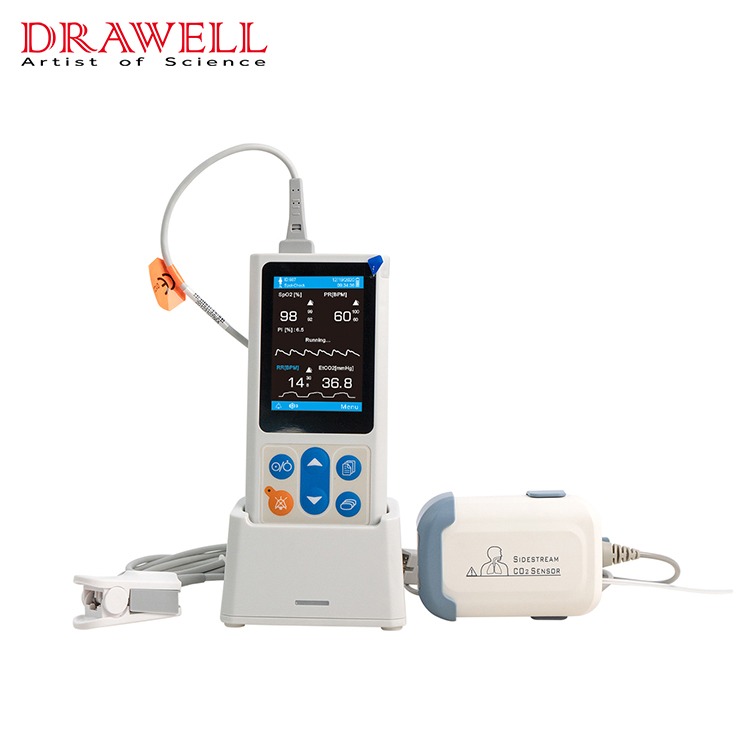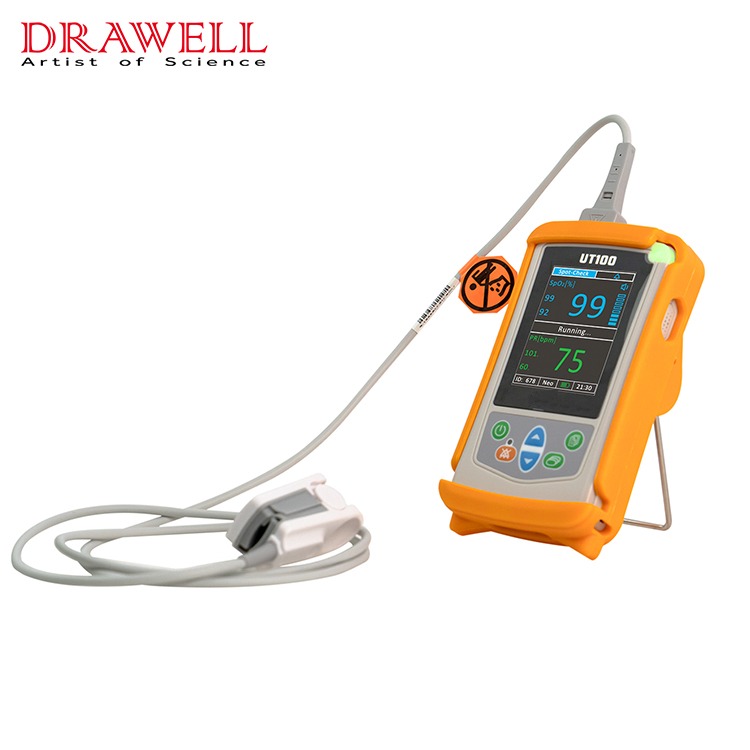Patient monitoring is an essential aspect of clinical care that involves the continuous measurement and recording of various physiological parameters to assess a patient’s health status. However, interpreting patient monitor readings can be challenging, especially for healthcare professionals who are new to patient monitoring or are not familiar with the specific parameters being monitored. So knowing how to read and deal with the alarms can help us on some urgent occasions.
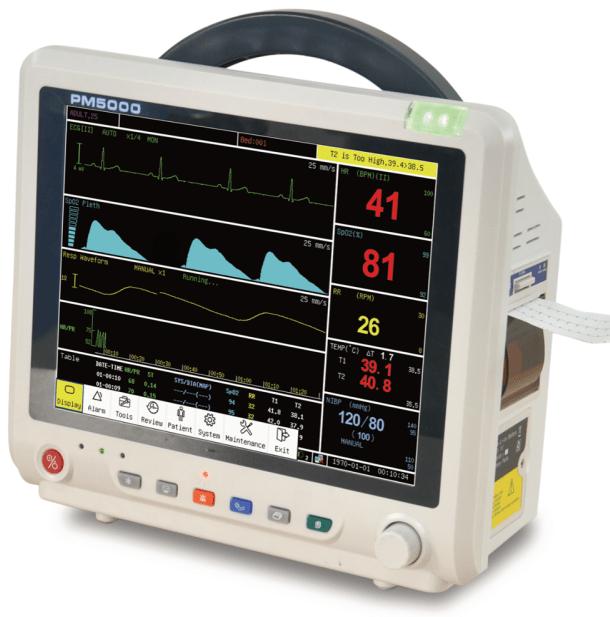
How to Read Patient Monitor?
- Patient monitor reading: involves interpreting the various parameters displayed on the screen. The specific parameters displayed on the monitor may vary depending on the type of monitor and the patient’s condition, but some common parameters include:
- Heart rate: This is the number of times the patient’s heart beats per minute. It is typically displayed as a number, with a normal range between 60-100 beats per minute in adults.
- Blood pressure: This is the force of the patient’s blood against the walls of their arteries. It is typically displayed as two numbers, the systolic pressure (the top number) and diastolic pressure (the bottom number). A normal blood pressure reading for an adult is around 120/80 mmHg.
- Respiratory rate: This is the number of breaths the patient takes per minute. It is typically displayed as a number, with a normal range between 12-20 breaths per minute in adults.
- Oxygen saturation: This is the percentage of hemoglobin in the patient’s blood that is carrying oxygen. It is typically displayed as a number, with a normal range of 95-100%.
- ECG waveform: This is a graphical representation of the patient’s heart activity. It shows the electrical activity of the heart as it contracts and relaxes, and can help detect irregular heart rhythms.
- Temperature: This is the patient’s body temperature, typically displayed as a number in degrees Celsius or Fahrenheit.
To read a patient monitor, healthcare professionals must interpret these parameters and understand how they relate to the patient’s condition. They should be familiar with normal ranges for each parameter, as well as any abnormal values that may indicate a potential problem. Additionally, healthcare professionals should be able to identify any alarm or alert conditions that may require immediate attention. Proper training and experience in interpreting patient monitors is essential for accurate readings and timely interventions.
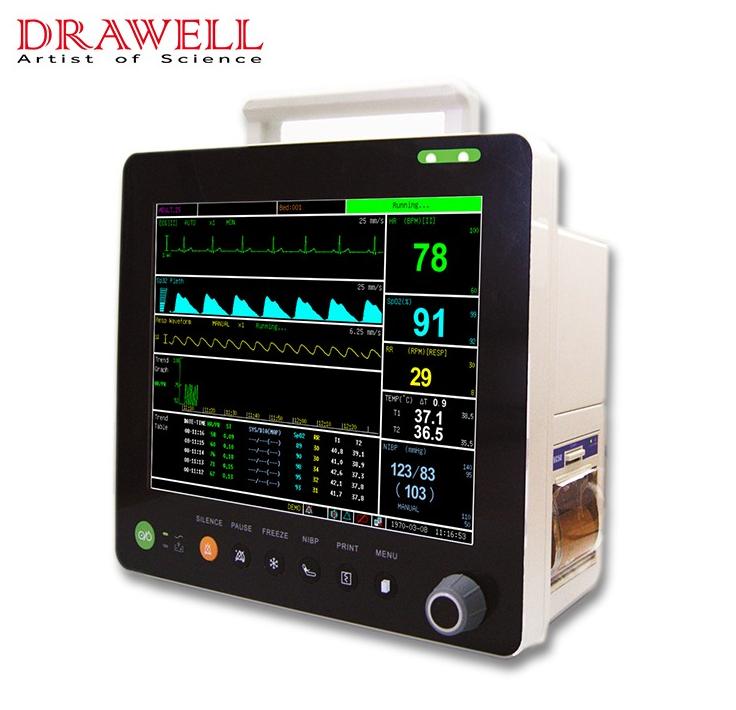
What Are the Common Factors that Can Affect Patient Monitor Readings?
There are several common factors that can affect patient monitor readings, including:
- Patient movement
Patient movement, such as shivering, coughing, or even talking, can affect the accuracy of patient monitor readings. Movement can cause fluctuations in heart rate, blood pressure, and respiratory rate, making it difficult to obtain accurate readings.
- Patient positioning
The position of the patient can also affect monitor readings. For example, blood pressure readings may be affected if the patient’s arm is not at heart level, or if the cuff is too loose or too tight.
- Electrode placement
The placement of electrodes for electrocardiogram (ECG) monitoring can affect the accuracy of the reading. Incorrect electrode placement can result in artifacts or incorrect waveforms, leading to inaccurate interpretation of the ECG.
- Environmental factors
Environmental factors, such as temperature, humidity, and noise levels, can also affect patient monitor readings. High ambient noise levels can make it difficult to obtain accurate respiratory rate readings, while high humidity can affect the accuracy of pulse oximetry readings.
- Technical factors
Technical factors, such as malfunctioning equipment or incorrect calibration, can also affect monitor readings. It is important to ensure that equipment is functioning properly and calibrated correctly to obtain accurate readings.
It is important for healthcare professionals to be aware of these common factors that can affect patient monitor readings and take steps to minimize their impact. This may include ensuring proper electrode placement, monitoring the patient’s positioning and minimizing environmental factors, and regularly checking the equipment for proper functioning and calibration.
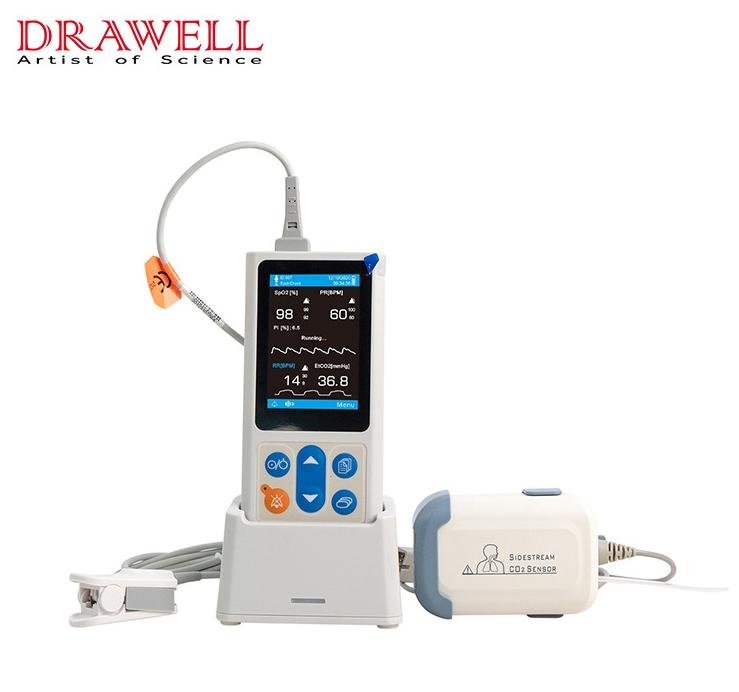
How to Deal with the Common Patient Monitor Alarms?
Patient monitors can generate a variety of alarms and alerts to alert healthcare professionals to changes in a patient’s condition. The specific patient monitor alarms and alerts generated will depend on the patient monitor’s capabilities and the parameters being monitored. Here are some common alarms and alerts generated by patient monitors:
- High and low alarms
Patient monitors can generate high and low alarms for parameters such as heart rate, blood pressure, respiratory rate, and oxygen saturation. These alarms indicate when a parameter has exceeded a predetermined range and may require intervention.
- Arrhythmia alarms
Patient monitors can generate alarms for irregular heart rhythms or arrhythmias. These alarms may indicate a potentially dangerous condition that requires immediate attention.
- Apnea alarms
Patient monitors can generate alarms when a patient stops breathing or experiences apnea. These alarms may indicate a potentially life-threatening condition that requires immediate intervention.
- Low battery alarms
Patient monitors may generate alarms when the device’s battery is low or needs to be replaced.
- Sensor alarms
Patient monitors may generate alarms when a sensor becomes disconnected or malfunctions, indicating that the data being displayed may not be accurate.
- Technical alarms
Patient monitors may generate alarms when there is an issue with the device itself, such as a malfunctioning component or connectivity issue.
- Patient alarms
Some patient monitors can generate alarms when a patient tries to get out of bed or moves too much. These alarms are intended to prevent falls and ensure patient safety.
In conclusion, a patient monitor is an important machine of clinical care that can help improve patient outcomes and enhance the efficiency of healthcare delivery. By understanding how to read patient monitors and how to respond to common alarms and alerts, healthcare professionals can provide better care to their patients and improve overall healthcare quality.

